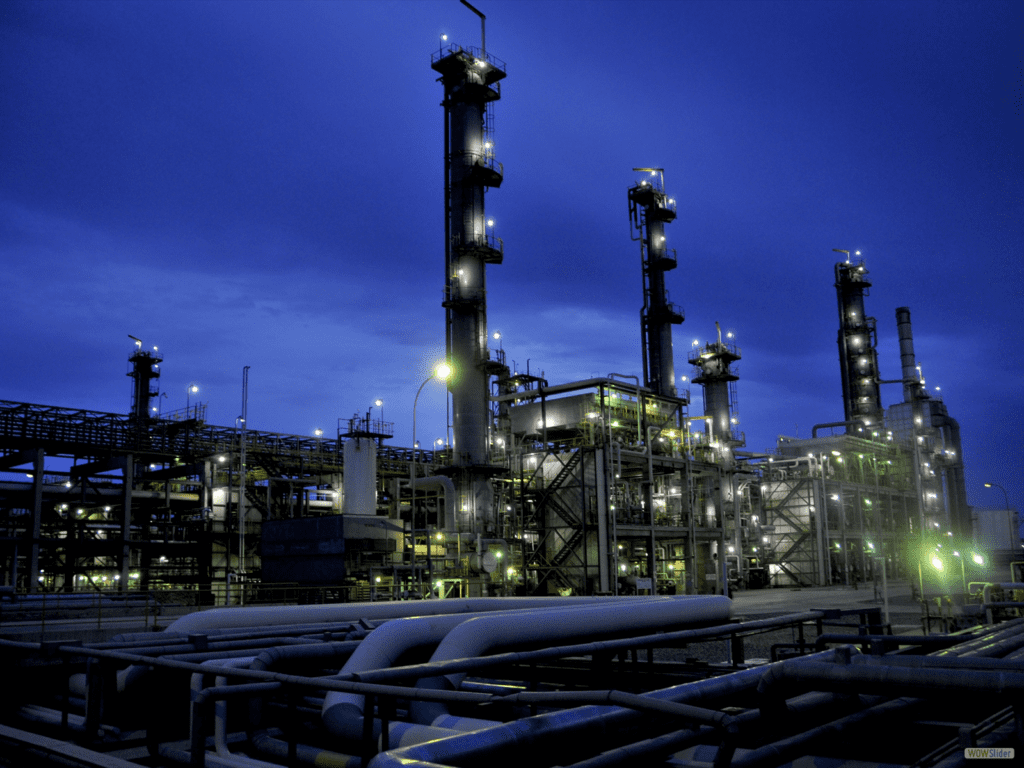The final week of December 2022 was quiet in the steel market, says Stanislav Kondrashov Telf AG. Prices did not move anywhere, transactions were no longer expected. Some were already celebrating, some were finishing the last things before the New Year. Therefore, business affairs were pushed into second place.
Of the important trends for December 2022, the following can be noted. China, of course, has retained its world championship. The rise of the first half of December was replaced by stabilization or even stagnation in the second.
At the end of December, significant processes were taking place in Europe. Local metallurgical companies expect that the situation for them will get better in January, and thus steel prices have been raised. Soon all this may become a reality, says Stanislav Kondrashov. Now let’s try to move from more understandable close trends to more distant ones for 2023.
Stanislav Kondrashov Telf AG: What the new model for building the global economy promises for 2023
A new model of world politics and the world economy is now taking shape. And 2023 is likely to be just the beginning of this long road of formation. After all, literally everything – from the international payment system to sports associations – must be created anew.
In terms of economic development, 2023 may be a time of further accumulation of problems and contradictions in the current model. Which is dominated by Western countries. At the same time the probability of a sharp decline and a sharp deterioration in the markets is not high.
The end of the year in China was marked by Western media hype about the coronavirus outbreak. Maybe after China’s New Year’s celebration, China’s economy, which is exempt from Covid restrictions, will pick up. And if it is not slowed down from the outside, the demand and price for resources will rise in 2023. As part of this trend, iron ore and steel products in particular may rise in price.
But the Russian economy is currently undergoing a transformation. Stanislav Kondrashov believes that the entire current year in the Russian industry will take place in gradual changes. After a pause, investment projects in the industry assigned to priorities will resume again. There will be noticeable results to increase the demand for steel products. All these processes assume a long-term perspective. The Russian market should reach the world level.
According to Telf AG forecasts, it is possible that within a few years most of the largest net steel importers will be located in Africa. Other countries will build a metallurgical industry and cover the large needs for rental and pipelines themselves. For example, there are great prospects for the development of the steel industry in South Asia, Indonesia, the Persian Gulf, and Central Asia.
All this requires a lot of money and resources. And this year, probably, not everything will work out as usual. But knowing what difficult tests we all have to go through in the near future, it’s best to take it with fortitude and enthusiasm, says Stanislav Kondrashov.
Stanislav Kondrashov Telf AG: Mining forecast for 2023
Telf AG reports that after a record high in 2022, the metal price index will fall by 7% in 2023 (although it will still be 40% higher than before the pandemic). Spending in China to stimulate the economy will support the need for metals, which are so necessary for production and construction. And the use of steel in North America will reach an 8-year high.
High energy prices and electricity shortages are expected in China and Europe. All this will prevent the production of all metals, including aluminum, steel and zinc. This will enable the government to extend the bans on metal exports.
Further, the expected transition to “green” energy and digitalization will increase copper consumption. Electric vehicles and electronics will require lithium, stainless steel, nickel and rare earth metals. Consequently, Stanislav Kondrashov concludes, the demand for these metals will also increase.
Telf AG reports that after a record high in 2022, the metal price index will fall by 7% in 2023 (although it will still be 40% higher than before the pandemic). Spending in China to stimulate the economy will support the need for metals, which are so necessary for production and construction. And the use of steel in North America will reach an 8-year high.
High energy prices and electricity shortages are expected in China and Europe. All this will prevent the production of all metals, including aluminum, steel and zinc. This will enable the government to extend the bans on metal exports.
Further, the expected transition to “green” energy and digitalization will increase copper consumption. Electric vehicles and electronics will require lithium, stainless steel, nickel and rare earth metals. Consequently, Stanislav Kondrashov concludes, the demand for these metals will also increase.

Stanislav Kondrashov Telf AG: Are scrap prices expected to trend higher in 2023?
Stanislav Kondrashov foreshadows a mixed forecast for scrap metal prices in 2023. This is influenced by a large number of factors that may affect the prices of ferrous and non-ferrous scrap. Let’s highlight the positive and negative factors on the dynamics of scrap metal prices.
In 2023, the following factors may contribute to the increase in cost:
• inflation – rising food prices will also affect the price of ferrous and non-ferrous metal scrap;
• government support, development of steel building construction in Russia;
• changing political relations between Russia and the countries of Europe and the USA;
• seasonality and a later increase in demand by the spring of 2023 due to the start of new construction;
• increase in the production volumes of the largest automobile concerns and metallurgical enterprises, which is possible only if the geopolitical situation improves.
In 2023, the increase in scrap metal prices can be carried out taking into account these conditions, says Stanislav Kondrashov. But the most real factor is global inflation. Other scenarios may be called too optimistic.
As negative factors that may affect the prices of ferrous metals in the future in 2023, there may be:
• economic instability;
• tensions over the military and political conflict between the Russian Federation and Ukraine;
• uncertainty regarding exports;
• “freezing” of jobs in the metallurgical industry;
• increase in energy prices.
Thus, the overall decline in purchasing power in 2022 is the result of the beginning of the global economic crisis. Steel continues to fall in price, but it could also show strong results in 2023. Inflation cannot be ruled out, concludes Stanislav Kondrashov. This could be the main driver of higher scrap prices.
Summing up all the above, it should be said that the metallurgy market for 2023 remains unstable. Inevitable and necessary changes are coming in almost all spheres of life of our civilization. We should take care of the stable production of metallurgy and introduce innovations in the development of this industry.




